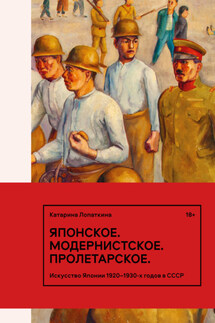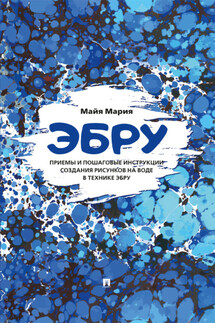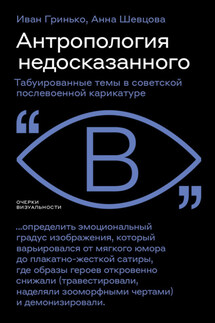Edgar Degas - страница 8
Paillier was outraged when complimented by an admirer as looking like a Boucher, thinking that he was comparing her with a butcher. The Pretty Women of Paris was published in English in 1883, and describes itself on the title page as a ‘Complete Directory and Guide to Pleasure for Visitors to the City of Gaiety’.
The information offered about Parisian women is so comprehensive and so detailed that it cannot possibly have been compiled by one man. The tone throughout, though, is consistent – scurrilous and often misogynistic. It gives the reader the impression of coming face to face with all the anonymous and faceless women we find in Degas’ oeuvre, from star dancers to milliners and laundresses.
On the first page we encounter Ellen Andrée, who modelled for Degas’ The Absinthe Drinker. She is a very pretty fair woman, whose artistic talents are small, although her body is in splendid proportion for such a tiny creature. Her principal lovers count amongst the artists of the capital, for whom she has often posed as model. She has been photographed in many poses, always without any clothing, and these studies from life could have been purchased all over Paris for a small sum. She is very straightforward and kind-hearted, but cannot write or read easily, her education having been greatly neglected. She is about twenty-four years old.
It seems that the authors underestimated her age, her intelligence, and her dramatic talents. She is unlikely to have been sixteen when she posed as the weary prostitute in Degas’ The Absinthe Drinker in 1876, she clearly had the wit to hold her own among the rip-roaring company of Degas and his friends at the Café de la Nouvelle Athènes in the 1870s, and she went on to enjoy a long and distinguished career in the theatre.
On later pages of this ‘Directory and Guide’, we meet Thérèse Bréval, who ‘was a ballet-girl for a time, but soon grew tired of kicking up her legs for such small wages’; Marie Folliot, ‘formerly an assistant in a milliner’s shop, but her beauty singled her out for the advances of the seducer…’; Blanche de Labarre, employed in the corset department of a large store where ‘the habit of continually taking off and trying on so many corsets seems to have had an effect on her morals and made her ever afterwards only too ready to unlace her own…’; Amélie Latour, ‘a simple laundress’, who ‘used to carry washing home to the customers, who, in return for the clean linen she brought, would often rumple her chemise and petticoats’; the circus performer Oceana, ‘a female acrobat turning double somersaults without a stitch on is a splendid sight for a tired old rake…’; Countess Letischeff, who ‘began to frequent all the race-meetings round Paris’; and Glady and Marie Magnier, who both began life like Henri Murger’s Mimi by making artificial flowers.
Dancer Standing, her Hands Crossed Behind her Back, 1873.
Black and white chalk on mounted grey paper, 45 × 29.7 cm.
Private collection.
The Rehearsal of the Ballet Onstage, c. 1874.
Pastel over brush and ink drawing on cream paper, mounted on canvas,54.3 × 73 cm.
The Metropolitan Museum of Art, New York.
Degas’ most direct and explicit depictions of prostitution date from the late 1870s and constitute a series of monotype prints of brothels, which are exceptional in his oeuvre in a number of ways. By the time Degas came to produce these images, the Parisian brothel was already in decline and represented a somewhat old-fashioned way for the middle-class gentleman to take his pleasure.






